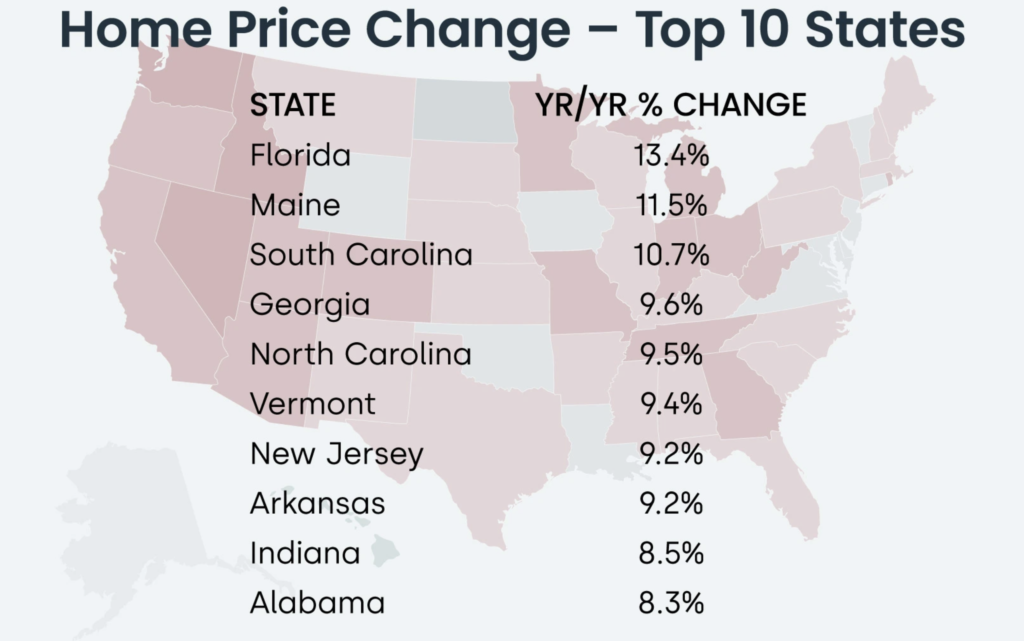From the State of NJ:
Updated Labor Data: New Jersey Experienced Higher Employment Growth Over Past 2 Years Than First Reported
TRENTON – The state’s job market performed better than initially estimated over the past two years, with 34,000 additional jobs gained, according to updated data from the Bureau of Labor Statistics (BLS). The information also shows the Garden State’s employment recovery from the pandemic occurred months earlier than first reported.
…
The BLS’s benchmark process, a required annual review and adjustment of previously released employment data at the state and metropolitan area levels, adjusts monthly, sample-based survey estimates to full-universe counts of employment, primarily derived from records of the unemployment insurance tax system.
The annual benchmarking adjustments indicate that the over-the-year (Dec. 2021 – Dec. 2022) change in total nonfarm jobs was revised to a gain of 129,700, a smaller increase from the previously reported gain of 148,900. However, including higher revisions made for 2021, the two-year job gain now stands at 395,300 – 34,000 more jobs than originally estimated.
Benchmarked data also revised employment losses due to the pandemic. The revisions show that in March and April 2020, New Jersey lost a total of 730,200 nonfarm jobs, or 17.3 percent of the state’s nonfarm employment total in February 2020. Previous estimates had shown 732,600 jobs lost. Revisions also indicate the total nonfarm employment recovery back to February 2020 levels occurred earlier than previously estimated. The payroll gain was fully realized in April 2022 – rather than in August 2022.
The revised data show that over the December 2021 – December 2022 period, all nine major private industry sectors added to their payrolls. The year-over-year gains were led by education and health services (+41,400), trade, transportation, and utilities (+29,200), leisure and hospitality (+26,900), other services (+9,300), professional and business services (+7,100), manufacturing (+6,700), information (+4,700), financial activities (+2,400), and construction (+1,800). Public sector employment was essentially flat, recording a year-over-year gain of just 100 jobs.
Labor force estimates for New Jersey residents were also revised. The average annual unemployment rate was 3.7 percent for 2022, a decline from 6.6 percent in 2021, and just one-tenth of a percentage point above the 2022 national rate of 3.6 percent.

